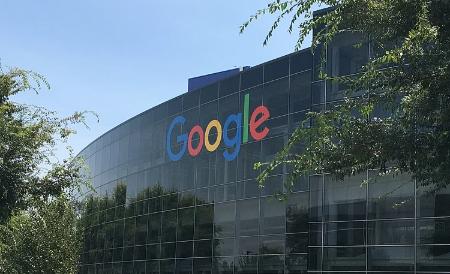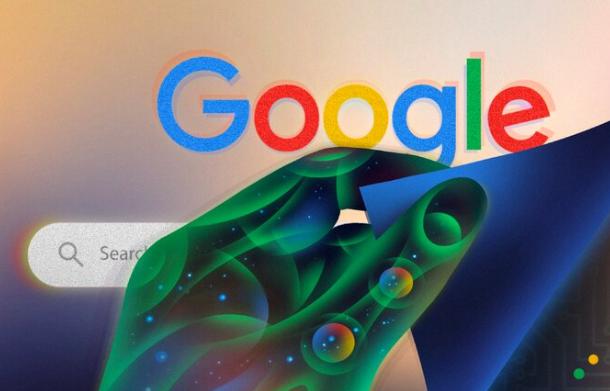What are the Google Access Options for Huawei Devices?
Huawei users often face difficulties accessing Google apps due to the U.S. government’s restrictions placed in 2019. Since then, newer Huawei smartphones no longer come with Google Mobile Services (GMS), including the Play Store, Gmail, Google Maps, and YouTube. This has led many users to explore reliable and secure alternatives to access Google features on their devices. Fortunately, several methods allow partial or near-complete access without rooting the device or compromising user data. This article explores the main workarounds that users have adopted to huawei phone still can use google.
Proven Methods to Access Google Services on Huawei
Install GSpace for Virtual Google App Use
GSpace is one of the most widely used solutions among Huawei users seeking access to Google apps. Rather than modifying the system or sideloading uncertified APKs, GSpace provides a virtual Android environment within your device. Inside this space, Google Mobile Services can function, including access to a virtualized Google Play Store. The setup is straightforward. GSpace is available directly from Huawei's AppGallery. After installation, users log in to their Google account through the app. From there, they can install essential apps such as Gmail, YouTube, Google Maps, and Google Drive. These apps operate in a sandboxed environment, mostly replicating the behavior and layout found on certified Android phones. While performance is generally smooth, there are a few trade-offs. Because GSpace runs apps within a virtual space, it consumes more RAM and battery than native apps. Besides, GSpace remains one of the safest and easiest options for those wanting a near-native Google experience without complex configurations or root access.

Use Web Versions of Google Services
For users who prioritize simplicity and system stability, browser-based access to Google services offers a dependable alternative. Most core Google tools—such as Gmail, YouTube, Google Calendar, Google Docs, and Google Drive—are fully accessible through browsers like Huawei Browser, Firefox, Opera, or even Chrome (if manually installed).
These web versions retain much of the functionality users expect:
One of the best aspects of this method is that it requires no installation or system-level modifications. It consumes less storage and keeps your device free from security risks often associated with third-party APKs. You can also create home screen shortcuts to these sites, mimicking the behavior of Progressive Web Apps (PWAs). This provides a more app-like experience without needing to install actual Google apps. Although push notifications and offline access are limited or unavailable through web access, many users find this method reliable, secure, and perfectly suitable for daily use.
Explore Huawei’s Native App Alternatives
Huawei’s long-term answer to the loss of GMS was to launch Huawei Mobile Services (HMS), which powers the AppGallery, Petal Search, and a growing collection of Huawei-native apps. These alternatives provide much of the same functionality as Google apps. Huawei Petal Maps replaces Google Maps with turn-by-turn navigation, public transit data, and real-time traffic updates. Petal Mail offers a clean and functional email experience that supports multiple account types. Huawei Cloud replaces Google Drive for photo and file storage, while the Huawei Browser enables quick access to Google Search and other web tools. For users who want a consistent experience that blends well with their Huawei hardware and software, HMS has become a capable ecosystem. While it may not fully replicate Google’s services, it continues to grow and improve rapidly.

Conclusion
Huawei devices released after 2019 no longer support Google Mobile Services, but that doesn’t mean users are locked out of the Google ecosystem. Tools like GSpace let users access native Google apps through a virtual environment. Browsers provide quick access to web versions of Gmail, Maps, and more. Huawei's alternatives, including Petal Maps and Petal Mail, continue to evolve as competitive replacements. While sideloading remains an option, it carries risks and often lacks reliability. Each method has its pros and cons, and users should choose based on their comfort level, security preferences, and usage needs.
